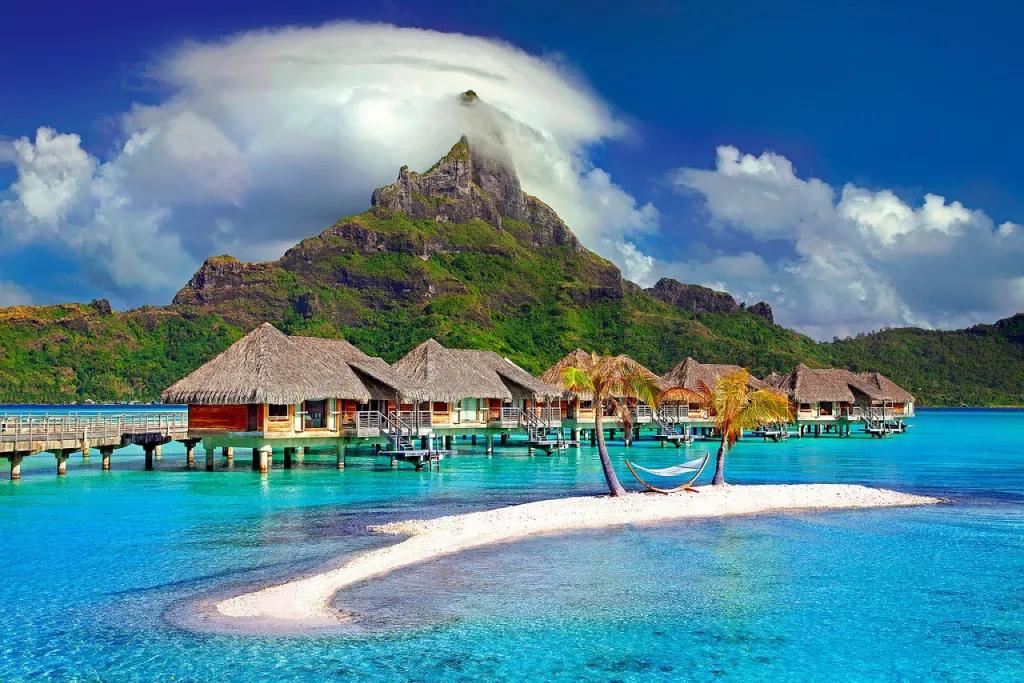Tourism Recovery Strategies: Challenges Faced by the Pacific Island States
As tourism products and services continue to innovate, leisure travel has become more affordable and appealing to the masses. This opens up opportunities for countries to shift their economic development to focus on tourism activities. This is not surprising as tourism brings about tremendous economic benefits in terms of job creation and monetary wealth. For instance, Samoa’s tourism industry accounts for 24% of the country’s Gross Domestic Product (GDP) and makes up 15% of the total employment, based on 2019 pre-pandemic data. Before the pandemic, there were also other significant tourism economies in the South Pacific such as Fiji, where on average at least one member of each household has a tourism job. Undoubtedly, these statistics indicate that tourism as an economic source is indeed very attractive.
Such a rise in the popularity of certain tourism destinations has led to the occurrence of ‘over-tourism’. This phenomenon is often equated to overcrowding of tourists in a particular destination to the point where it is affecting the quality of life for the locals and causing degradation to the natural or built environment.
While most tourism researchers and experts often advocate for forms of tourism that are sustainable to overcome or reduce prevailing issues of over-tourism, it presents a challenge to implement them as it could signify reduced income and require increased local community participation. These changes could imply significant use of resources that most developing countries cannot afford to have.
Hence, when the COVID-19 pandemic eases into a path of ‘recovery’, tourism-reliant economies jumped back on the tourism recovery track that was familiar to them. For example, during the pandemic between 2020 and 2021, the Fijian government launched tourism campaigns (such as ‘Love our Locals’ and ‘Open for Happiness’) and began to work towards developing a travel bubble with its main tourist markets, the Australians and New Zealanders.
When the tourism industry is significantly marred by over-tourism and other risks due to the pandemic, there is a need to inquire very seriously ‘Is the way forward actually “‘the way back”’?’ Undeniably the COVID-19 pandemic has served as a stern warning for many tourism-reliant Pacific island economies on the important economic diversification. Nonetheless, it also sends an urgent message that there is a need to ‘reset’ marketing strategies that focus on responsible consumption, advocate for natural and cultural heritage, and are led by local communities.
UNESCO (known as the United Nations Educational, Scientific and Cultural Organization) has also officially recognised Nan Madol (a ceremonial site made of ‘basalt and coral boulders’) and Rock Islands Southern Lagoon (which includes ‘uninhabited limestone islands of volcanic origin’) in the Federated States of Micronesia and Palau, respectively as designated World Heritage Sites. Although these tourism strategies seem to fit into a sustainable tourism agenda, it is therefore important to note that there is no ‘one-size-fits-all’ recovery strategy. Policymakers and political alliances must recognise and understand the macro-environment of each country, which therefore suggests that there are uniquely different resources required to improve their resilience.
The Pacific islands are also often noted as a region that is highly vulnerable to climate change. During the occurrence of a natural disaster, tourism in these islands is often temporarily halted and then needs to rebuild from the ground up. For instance, the 2020 Tropical Cyclone Harold that swept through Fiji, Vanuatu, Solomon Islands, and Tonga was not only life-threatening but destroyed facilities and hotel accommodations severely. Natural disasters not only cause tremendous economic losses but also sets back tourism growth significantly.
Inevitably, these small-sized Pacific island nations do not possess the financial, natural, and human resources to enable a fast ‘bounce back’. Within this context, the ability to ‘bounce back’ also means that there needs to be appropriate systems and agencies in place which serve as a platform for local communities to ease their transition from a climate crisis towards a stage of climate adaptation.
These discussions lead to the conclusion that a sustainable tourism agenda begins with feasible and practical solutions for tourism stakeholders including governmental agencies, tourism operators, local communities, and tourists themselves. In the Pacific islands where there are many poorly networked tourism operators, such a shift in the tourism agenda will be challenging. Hence, there needs to be effective leadership in tourism management to enable the Pacific island states to ‘prosper’ once again.
Evelyn Loh Geok Yan
School of Hospitality and Service Management
Email: @email
This article was first published in the 'The COVID-19 pandemic and the South Pacific' chapter of the Routledge Handbook on Tourism and Small Island States in the Pacific, 2022




